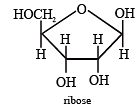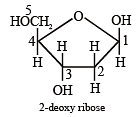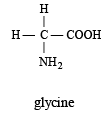Test: JEE Main 35 Year PYQs- Carbohydrates, Amino Acids, Polymers & Miscellaneous - JEE MCQ
30 Questions MCQ Test Chapter-wise Tests for JEE Main & Advanced - Test: JEE Main 35 Year PYQs- Carbohydrates, Amino Acids, Polymers & Miscellaneous
Polymer formation from monomers starts by [2002]
RNA is different from DNA because RNA contains
| 1 Crore+ students have signed up on EduRev. Have you? Download the App |
The compound  is used as [2002]
is used as [2002]
 is used as [2002]
is used as [2002]Which of the following could act as a propellant for rockets?
Nylon threads are made of [2003]
Complete hydrolysis of cellulose gives [2003]
The reason for double helical structure of DNA is operation of[2003]
Which base is present in RNA but not in DNA ?
Insulin production and its action in human body are responsible for the level of diabetes. This compound belongs to which of the following categories ? [2004]
The smog is essentially caused by the presence of
Which of the following is a polyamide? [2005]
Which one of the following types of drugs reduces fever ?
In both DNA and RNA, heterocylic base and phosphate ester linkages are at – [2005]
Which of the following is fully fluorinated polymer? [2005]
The term anomers of glucose refers to [2006]
The pyrimidine bases present in DNA are [2006]
The secondary structure of a protein refers to [2007]
Identify the wrong statement in the following: [2008]
Bakelite is obtained from phenol by reacting with
α - D-(+)-glucose and β-D-(+)-glucose are [2008]
Among the following substituted silanes the one which will give rise to cross linked silicone polymer on hydrolysis is
Buna-N synthetic rubber is a copolymer of : [2009]
The two functional groups present in a typical carbohydrate are:[2009]
Biuret test is not given by [2010]
The polymer containing strong intermolecular forces e.g. hydrogen bonding, is [2010]
The presence or absence of hydroxyl group on which carbon atom of sugar differentiates RNA and DNA? [2011]
Which of the followin g compoun ds ca n be detected by Molisch's Test? [2012]
The species which can best serve as an initiator for the cationic polymerization is : [2012]
Which one of the following statements is correct? [2012]
Aspirin is known as : [2012]
|
446 docs|930 tests
|
|
446 docs|930 tests
|



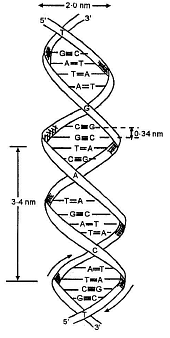
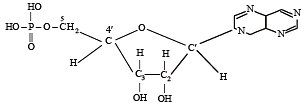
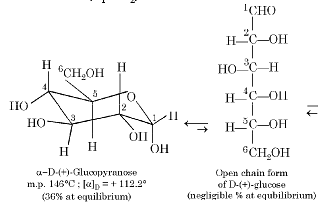
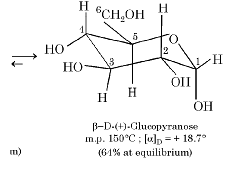

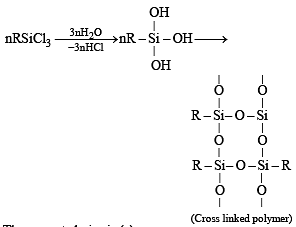
 (peptide) linkage while carbohydrates have glycosidic llinkages. So, test of carbohydtrates should be different from that of other three.
(peptide) linkage while carbohydrates have glycosidic llinkages. So, test of carbohydtrates should be different from that of other three.


